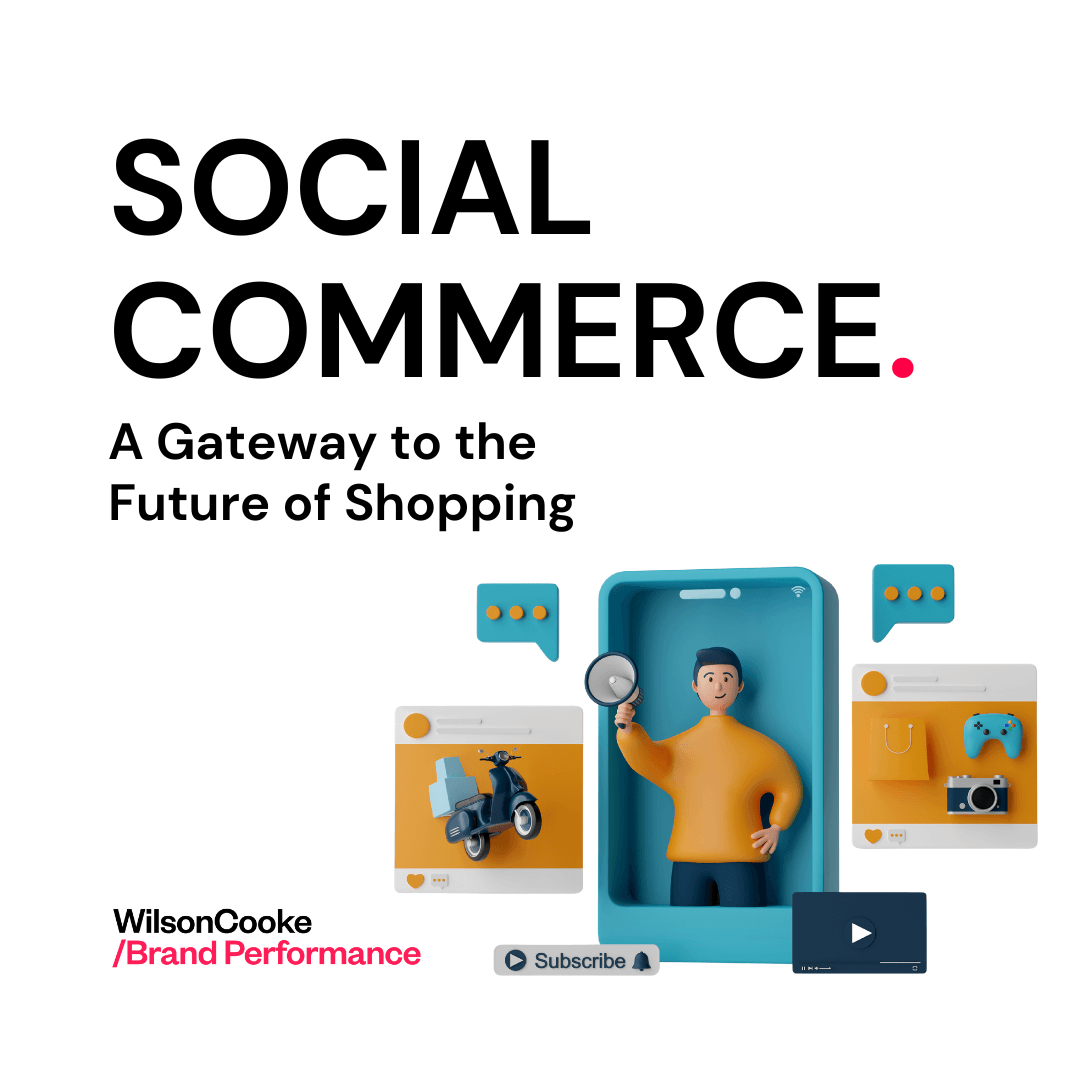
In an era where digital innovation reigns supreme, social commerce has rapidly emerged as a transformative blend of social media and e-commerce. This integration revolutionises the traditional shopping experience by enabling users to discover, interact with, and purchase products seamlessly within their favourite social media platforms. Unlike the conventional e-commerce journey that often redirects shoppers to external sites, social commerce provides a streamlined, in-app experience, marking a significant evolution in how consumers engage with brands online.
From Traditional E-Commerce to Social Commerce
Social commerce redefines the shopping experience by contrasting sharply with traditional e-commerce practices. While e-commerce relies on transactions occurring on distinct online stores or platforms, social commerce encapsulates the full shopping journey—from discovery to checkout—within a social media application. This shift signifies a more integrated, social-led customer journey, enhancing the shopping experience by leveraging the communal nature of social platforms. The seamless experience offered by social commerce is not just a convenience but a transformative shift, with 47% of social media marketers stating their brands sell directly within social apps.
Asia’s Pioneering Role and Its Influence on the West
Asia, and China in particular, has played a pioneering role in the rise of social commerce, demonstrating the vast potential of integrating shopping with social media. The success seen in Asia has served as a model for Western markets, where platforms like TikTok Shop and Instagram Shop are leading the charge in integrating commerce into the social media experience. The influence of Asia’s innovation is evident, with the social commerce market in the U.S. alone generating $53.1 billion in revenue in 2022, marking a 34.4% increase over the previous year.
The Power of Short-Form Video Content
The ascendancy of short-form video content, particularly on platforms like TikTok, has revolutionised the way brands approach product discovery and engagement. This format’s popularity, especially among Gen Z consumers, underscores a paradigm shift from traditional search engines to social platforms for product exploration. Engaging and dynamic, short-form video content allows brands to showcase their products creatively, reaching audiences through compelling narratives and visuals. This approach is reshaping marketing strategies, with 60% of Gen Z and 56% of millennial shoppers turning to social media for their holiday shopping, influenced by the power of these short, engaging videos.
Live Commerce: The New Age of Online Shopping
Live commerce combines the immediacy of live video with the convenience of online shopping, offering a modern twist on the traditional home shopping experience. This innovative shopping format engages consumers through real-time interaction, blending entertainment with instant purchasing options. Live commerce is not just a trend; it’s a burgeoning shopping revolution, with European consumers expressing significant interest and brands reporting record-breaking conversion rates during live sessions.
Strategies for Brands in the Social Commerce Era
To leverage the growing potential of social commerce, brands must adopt strategies that align with the evolving digital landscape. Key approaches include creating seamless in-app shopping experiences and harnessing the influence of social media personalities to foster trust and drive sales. With 61% of consumers trusting influencer recommendations, the importance of authentic, engaging influencer partnerships cannot be overstated. Brands that effectively navigate these strategies can enhance their visibility and connect more deeply with their target audiences.
Challenges and Future Outlook
Despite its promise, social commerce faces challenges, including adoption barriers and market saturation. However, the potential for growth remains vast, with technological advancements like augmented reality (AR) and artificial intelligence (AI) poised to further enrich the social commerce experience. As brands and platforms innovate to overcome these challenges, the landscape of social commerce is expected to evolve, offering increasingly immersive and personalised shopping experiences. With the U.S. projected to have 107 million social buyers by the end of 2023, the trajectory of social commerce is clearly on an upward path.
In conclusion, social commerce marks a pivotal shift in the digital shopping realm, offering a more cohesive, engaging, and accessible path for consumer-brand interaction. As this trend continues to mature, it promises to redefine retail, presenting boundless opportunities for innovation and connection in the digital age. The integration of shopping with social media is not just a phase but a glimpse into the future of commerce, where every like, share, and scroll can unfold into a shopping discovery.
References
- Source: HubSpot. “47% of social media marketers say their brand sells directly within social apps.”
- Source: TechTarget. “In 2022 alone, social commerce generated $53.1 billion in revenue in the U.S.”
- Source: Deloitte. “60% of Gen Z and 56% of millennial shoppers will use social media for their holiday shopping.”
- Source: Statista. “European consumers have expressed huge interest in live commerce.”
- Source: Various. “61% of consumers trust influencer recommendations.”
- Source: Statista. “eMarketer estimates there will be 107 million social buyers in the US by the end of 2023.”

